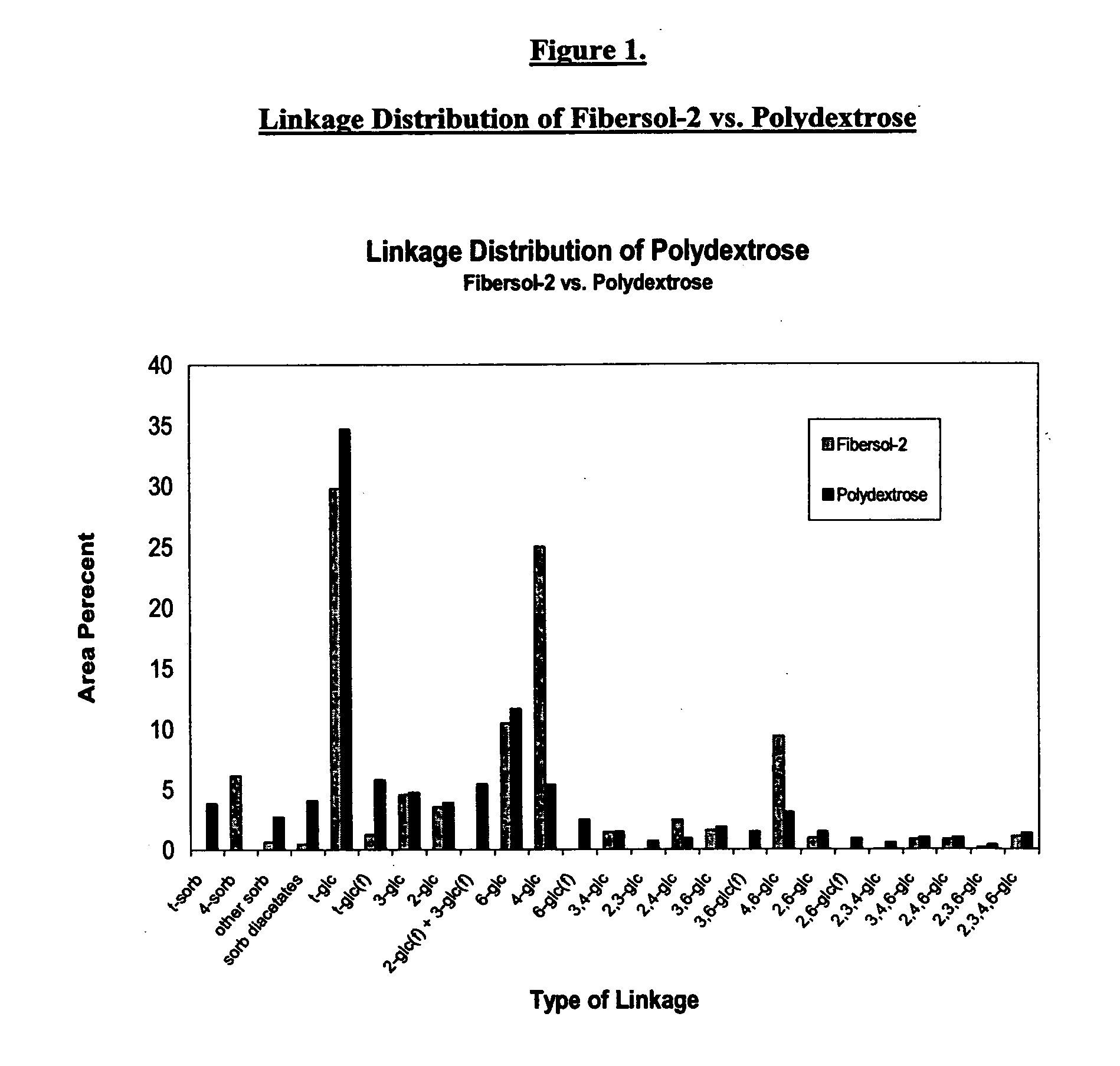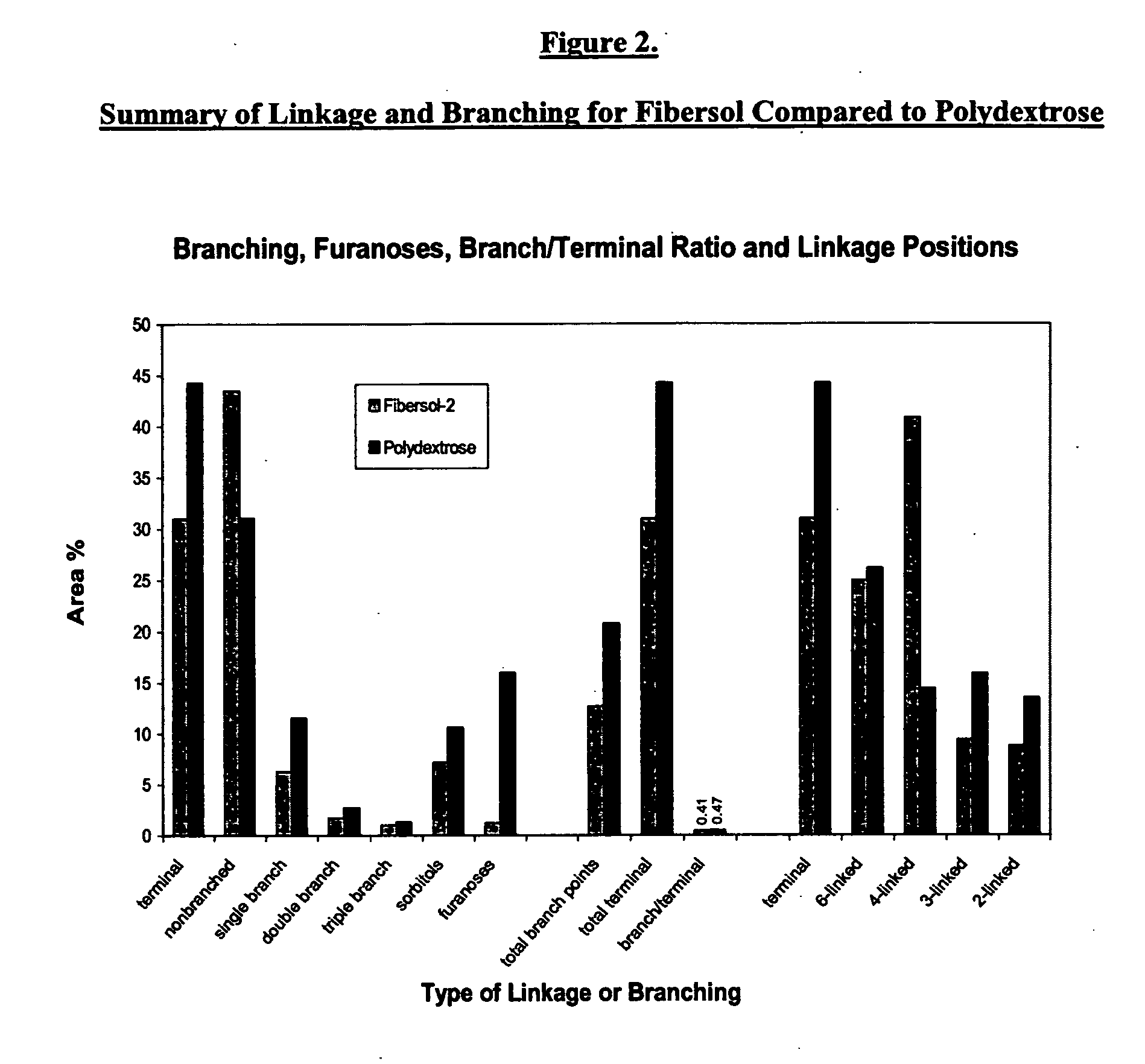Print receptive topcoat for ink jet printing media
- Summary
- Abstract
- Description
- Claims
- Application Information
AI Technical Summary
Benefits of technology
Problems solved by technology
Method used
Image
Examples
example 1
[0097] An ink jet receptive top coating for paper was formulated as set forth in Table 1. Polydextrose was formulated with the nonionic surfactant polyethylene glycol (TRITON®) (Dow), fumed silica (CAB-O-SIL®) (Cabot Corporation), and a biocide (PROXEL GXL®) (1,2-Benzisothiazolin-3-one, Avecia Biocides).
TABLE 1Polydextrose10.0%Cab-O-Sil S-610 ®5.0%Triton X-100 ®1.0%Proxel GXL ®0.1%Deionized water83.9%
[0098] Mixing of the formula components was conducted with a Caframo RZR 1 electric mixer operating at medium to low shear agitation. Mixing was continued until visual homogeneity was obtained without any foaming. The formulation was then flood-coated onto a 60 lb / ream offset opaque paper. Examples of opaque paper include HuSky Offset (manufactured by Weyerhaeuser) and Pristine Opaque (manufactured by Eastern Paper) Using a meyer rod (wire wound rod) employing a ChemInstruments EZ-2002 laboratory coater the coating was applied to the substrate to achieve target coating weights from ab...
example 2
[0100] Modifications to optimize the ratio of polydextrose and silica as well as the final coating solids were undertaken. A silica dispersion (CAB-O-SPERCE PG001®) (Cabot Corporation) was used in place of CAB-O-SIL® filmed silica to aid in ease of formulation. Eight formulations (B through I) as set forth below in Table 2 were prepared with varying polydextrose to silica ratios while holding other ingredients constant.
TABLE 2Formulations B through IBCDEFGHIPolydextrose11112491Cab-O-Sperce ®185311110PG001
[0101] The percentage of overall solid material in the formulations was kept constant. Little to no change in viscosity was seen with the addition of more polydextrose.
[0102] Visual investigations of printed dye-based color inks and pigment-based black ink were made. Subjects rankings were assigned based on the visual appearance of printed samples. Printed samples were ranked from best (1) to worst (8) in appearance. Rankings are listed in Table 3.
TABLE 3Rankings from Visual In...
example 3
[0104] Variations in the solid levels of Formulation F and the effect on viscosity are found in Table 4.
TABLE 4Solids Versus ViscosityFF-1F-2F-3F-4solids level16%20%25%30%35%viscosity12.014.518.022.530.0(cPs)
[0105] Viscosity has a potentially large effect on determination of application method of a coating to paper. Increasing the solids content in formulations with polydextrose caused only a slight increase in viscosity. This indicates that a broad range of coating application technologies and methods are potentially suitable for the deposition of a polydextrose-based binder topcoat to the ink jet media base.
PUM
| Property | Measurement | Unit |
|---|---|---|
| Fraction | aaaaa | aaaaa |
| Fraction | aaaaa | aaaaa |
| Fraction | aaaaa | aaaaa |
Abstract
Description
Claims
Application Information
 Login to View More
Login to View More - R&D
- Intellectual Property
- Life Sciences
- Materials
- Tech Scout
- Unparalleled Data Quality
- Higher Quality Content
- 60% Fewer Hallucinations
Browse by: Latest US Patents, China's latest patents, Technical Efficacy Thesaurus, Application Domain, Technology Topic, Popular Technical Reports.
© 2025 PatSnap. All rights reserved.Legal|Privacy policy|Modern Slavery Act Transparency Statement|Sitemap|About US| Contact US: help@patsnap.com


